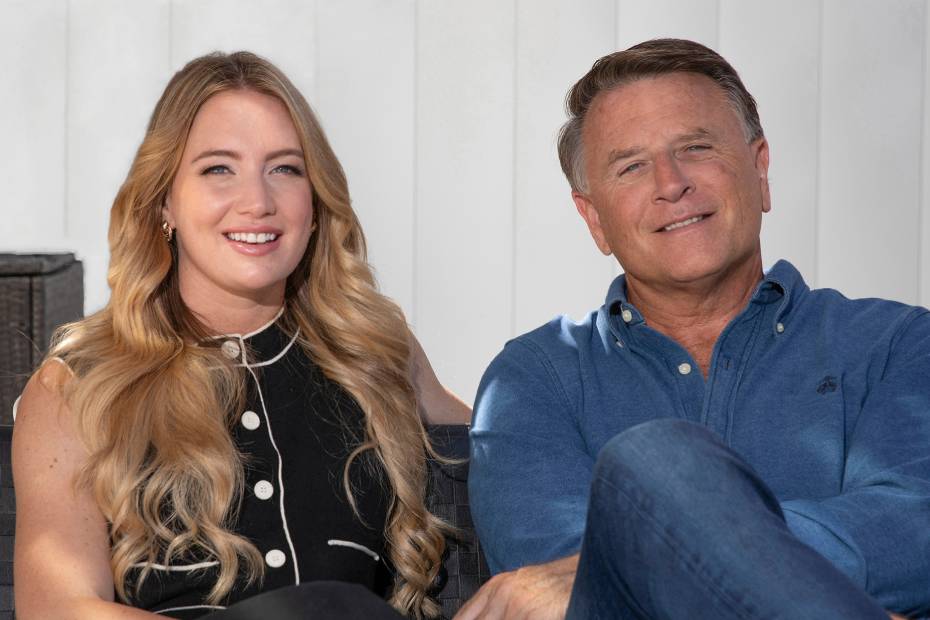Published August 1, 2023 • 5 Min Read
Stage 1: The Early Years
Once you leave paid work behind, you’ll have the freedom to enjoy activities and pursuits that you have in mind – providing, of course, you can do so without the regular paycheque you’re used to receiving. Within this first stage of retirement, expenses may be higher than usual as you travel or take advantage of your new found leisure time. Assess your expenses Now is the time to revisit your expenses to understand which ones are fixed, such as housing costs, and which costs are variable, such as home renovations, travel and hobbies. As a financial stress test, give some thought to how you would manage a major expense like replacing a vehicle or repairing a roof. Review your benefits You or your spouse may have had medical and/or dental benefits as part of your company benefits plan. Now that you’re no longer a paid employee, identify any plans that carry through retirement and where the gaps exist so you can purchase the coverage you need. Take stock of your income sources The way you use your sources of retirement income will determine the amount of tax you pay (and the amount you can keep at the end of the day). As a result, it’s important to identify all of your current and future income sources, including how much you can expect to receive from them. Common sources include the Canadian Pension Plan (CPP) benefit (or QPP if you live in Quebec), Old Age Security, any company pensions you are entitled to, registered investments (such as a Registered Retirement Income Fund) and non-registered savings. It’s smart to work with a financial planner who can help you balance your income needs with the sources available, and manage your taxes so that you can use your retirement income as effectively as possible. Review your portfolio Because you will likely begin drawing on your assets once you retire, your portfolio will need to adjust to provide both greater security and income-generating investments. Keep in mind, however, that you still need to grow your savings for the later years of your retirement. Including growth investments such as equities and equity mutual funds can help your portfolio outpace inflation over the long term. Have a game plan for unexpected expenses Surprises can surface at any time, so you want to have a plan to meet any immediate cash flow needs. While non-registered investments are typically more liquid and accessible than registered assets, there are certain cases where it may make sense to draw from registered investments. Understanding what to use when will help you navigate through unexpected events. Borrowing is another option to consider, as a loan can help you preserve your personal assets. This may be a good option if you expect to be able to pay back a loan quickly, or have extra cash flow available to make regular payments.Stage 2 – Settling In
As you grow older, chances are your lifestyle will change and your needs and expenses further evolve. You may find that your desire to travel starts to wane as your preference to spend time closer to home with family and friends gets stronger.Other decisions and perspectives may change throughout retirement too, such a where you want to live and how much effort you want to spend maintaining a home. Now is also a good time to re-assess your cash flow needs and determine if you’re still comfortable with the income you have coming in, and how it aligns to the expenses you have at this stage.Downsizing is often a conversation that happens at this stage. While for some it’s important to stay in the family home, others may determine that the cost and upkeep of a home is too much in retirement. Consider your options carefully and talk to a financial planner about what your priorities are, and what – if any – moves make sense for you.Stage 3 – Aging and the Later Years
For many Canadians, health – and the cost of healthcare – becomes a more prominent consideration during this stage of retirement. Many expenses may not be fully covered by provincial health care, resulting in additional expenses for you and your spouse.In preparation for future health costs, it’s a good idea to ensure a portion of your investments are liquid and can be easily converted to income when and if you need additional funds. Alternatively, you can set up an emergency savings account that offers easy access to cash so you can easily cover health expenses as they arise.Retirement is a time of change. Working with a financial planner can help you live your best retirement throughout every stage, allowing you to feel confident that your needs will be met today and down the road.This article is intended as general information only and is not to be relied upon as constituting legal, financial or other professional advice. A professional advisor should be consulted regarding your specific situation. Information presented is believed to be factual and up-to-date but we do not guarantee its accuracy and it should not be regarded as a complete analysis of the subjects discussed. All expressions of opinion reflect the judgment of the authors as of the date of publication and are subject to change. No endorsement of any third parties or their advice, opinions, information, products or services is expressly given or implied by Royal Bank of Canada or any of its affiliates.
Share This Article






